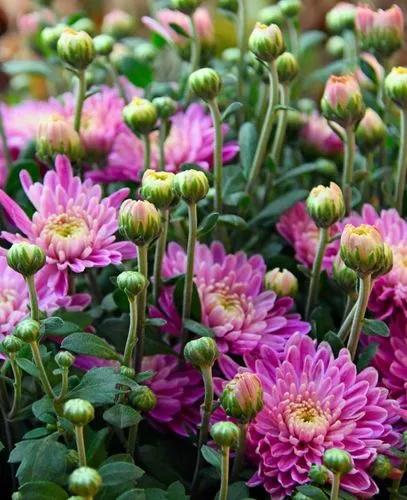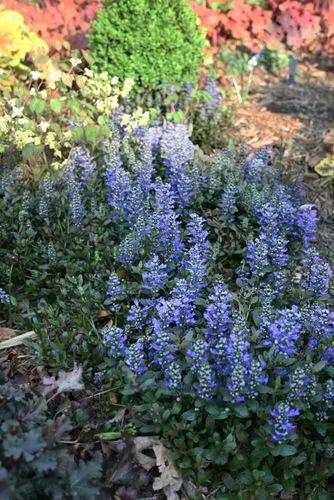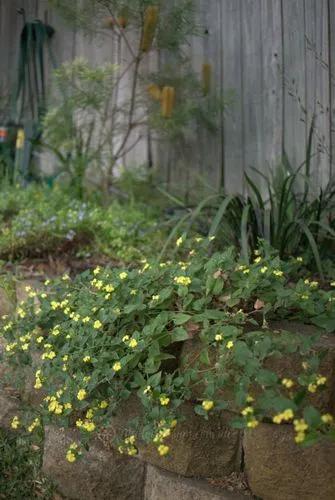Scilla siberica is a species of flowering plant in the family Asparagaceae, native to southwestern Russia, the Caucasus, and Turkey. Despite its name, it is not native to Siberia. It is cultivated for its bluebell-like flowers.
Siberian squill Care
Scilla siberica



Scilla siberica plants themselves don't get much taller than about 4 to 8 inches (10 to 20 cm), but they make up for their diminutive size by spreading out and blooming profusely. The tiny bulbs grow and multiply easily and the plants will also self-seed, making scilla easy to grow and a perfect choice for naturalizing. Thin, sword-like leaves grow from the base of the plant and arch outward, allowing the flowers to be seen unobstructed. The flowers of Siberian squill are star or bell-shaped, and they nod and droop on short stems. There are three to five stems per plant, providing plenty of blooms. Bloom time depends on the weather, but it is generally in early spring, March to April. Siberian squill is very cold hardy and can bloom through frost and even some snow.
How to Care for the Plant

Water

They do need regular water when first planted. Also, water as needed during active growth periods; about 1" of moisture per week is a good estimate.

Fertilizer

Fertilize the plants when the foliage emerges in late winter or spring with a bulb fertilizer or a granular fertilizer that is low in nitrogen and high in phosphorus.

Sunlight

Grow Siberian squill in a location with full sun or morning sun and afternoon shade.

Soil

They need a well-drained site to prevent root and bulb rot and soil that is rich in organic matter. You can improve the organic content of the soil by working in a 2-inch layer of compost before planting.

Temperature

These plants are very cold hardy and can be found in the areas with the lowest winter temperatures of −42.8°C (−45°F). Scilla bulbs are planted in mid- to late-fall, about a month before the first expected frost.

Popularity

387 people already have this plant 68 people have added this plant to their wishlists
Discover more plants with the list below
Popular articles






